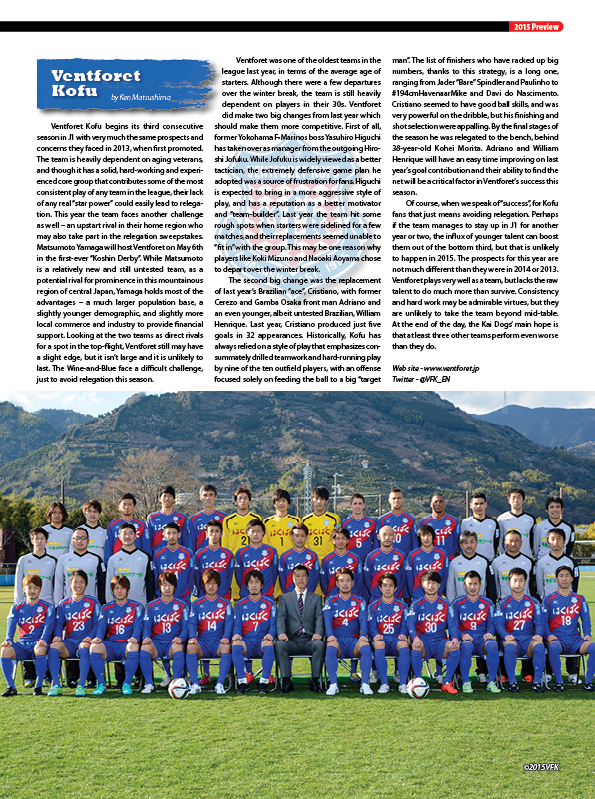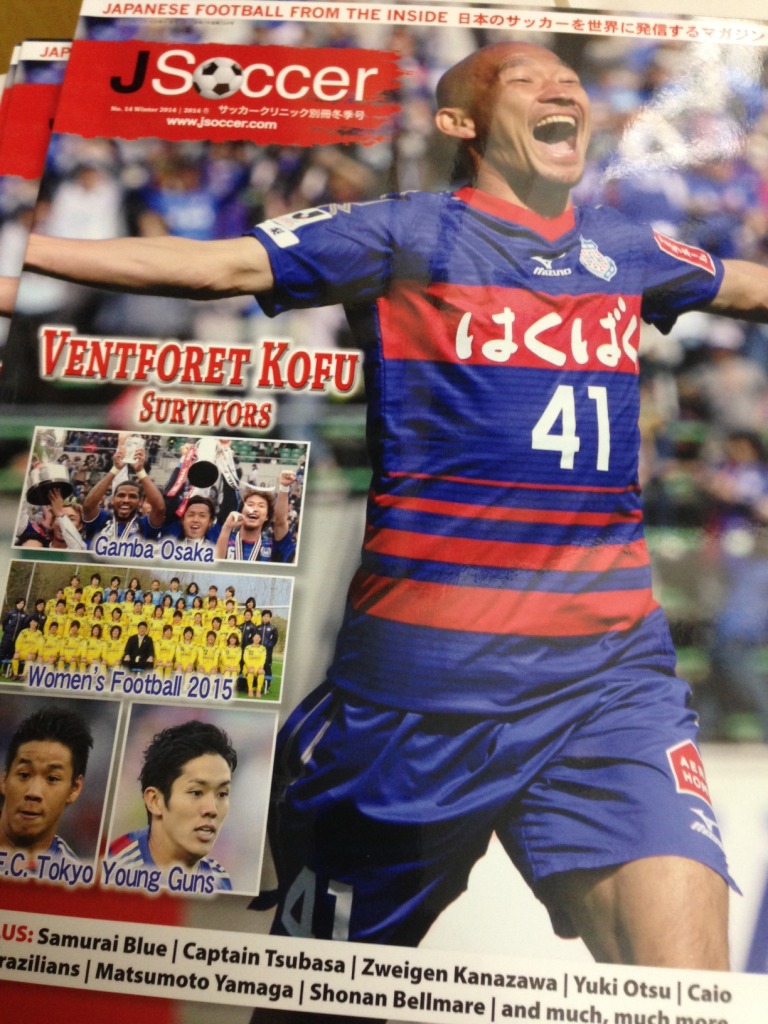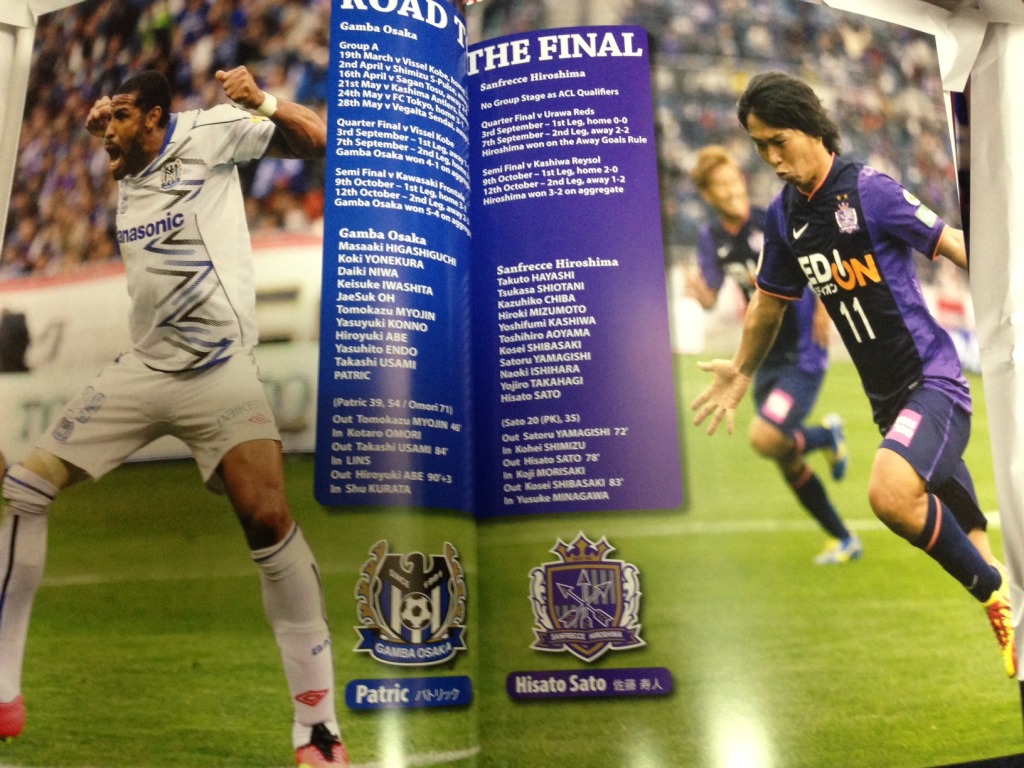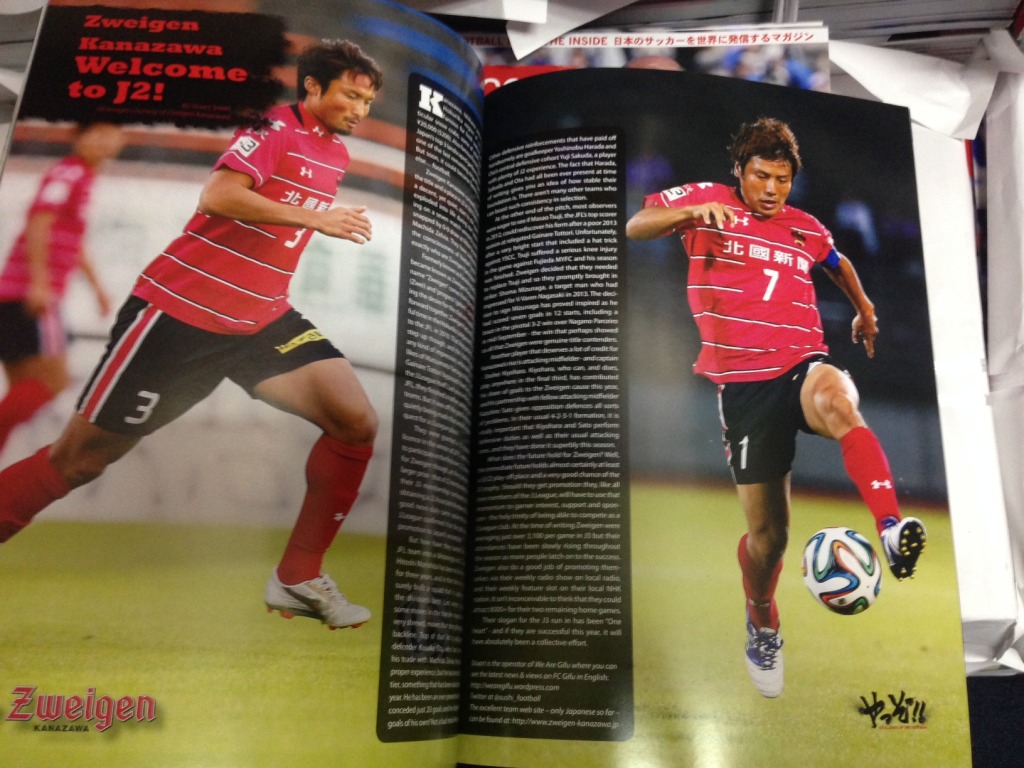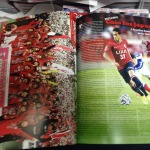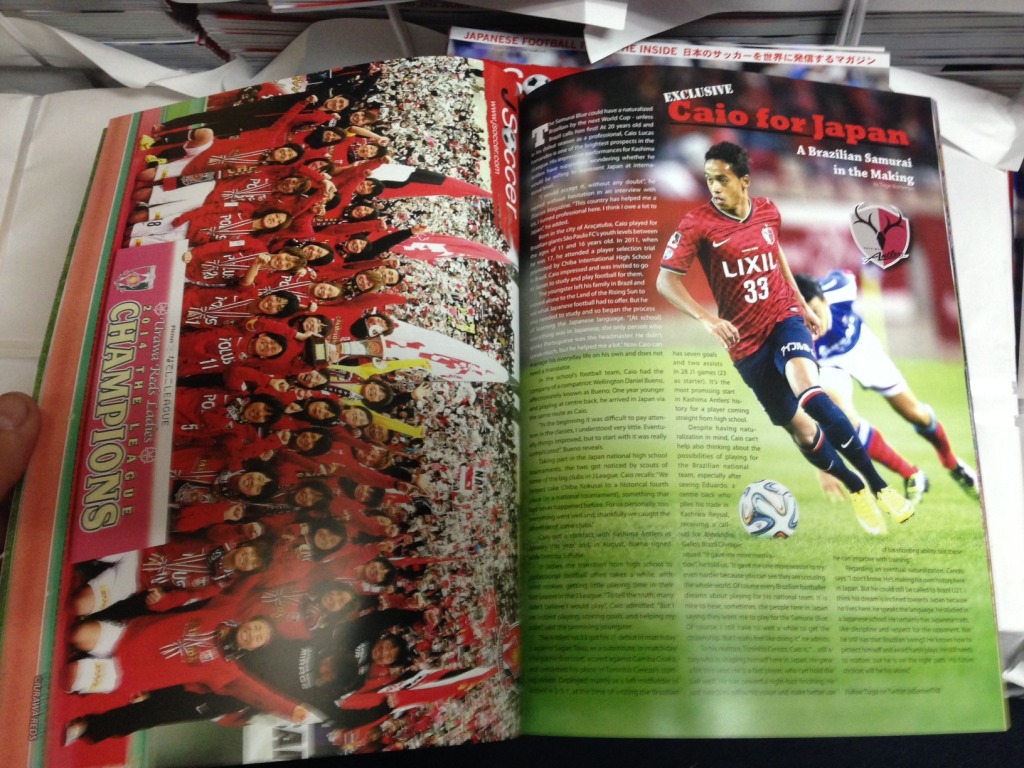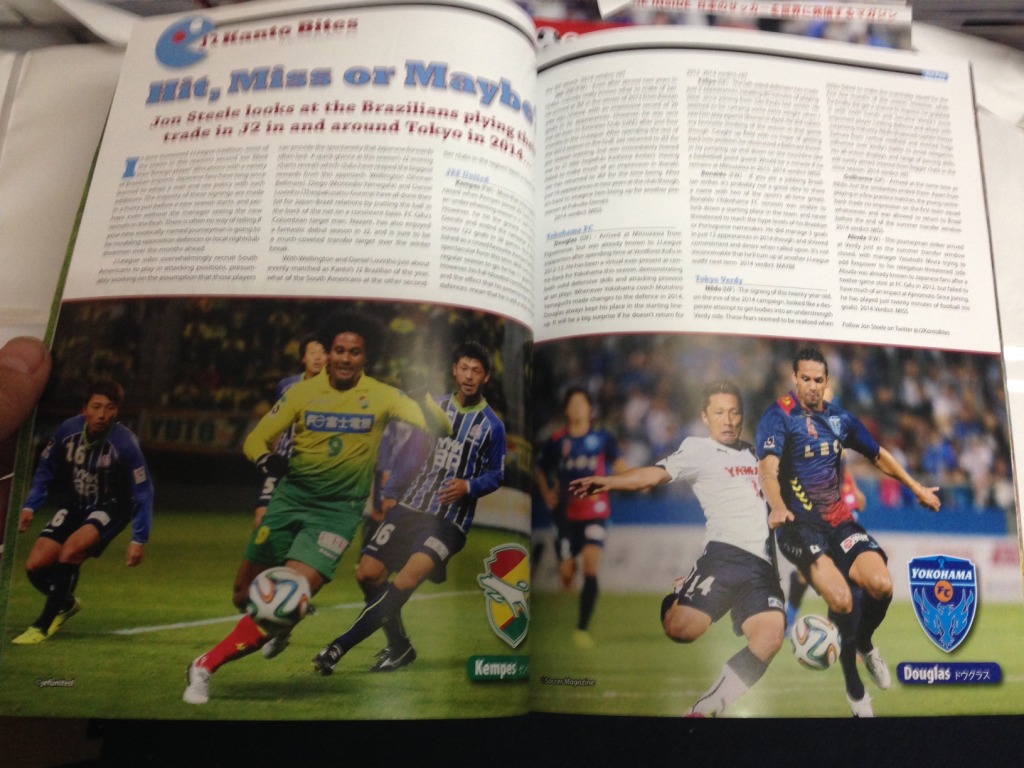by Ken Matsushima
Ventforet Kofu begins its third consecutive season in J1 with very much the same prospects and concerns they faced in 2013, when first promoted. The team is heavily dependent on aging veterans, and though it has a solid, hard-working and experienced
core group that contributes some of the most consistent play of any team in the league, their lack of any real “star power” could easily lead to relegation.
This year the team faces another challenge as well – an upstart rival in their home region who may also take part in the relegation sweepstakes. Matsumoto Yamaga will host Ventforet on May 6th in the first-ever “Koshin Derby”. While Matsumoto is a relatively new and still untested team, as a potential rival for prominence in this mountainous region of central Japan, Yamaga holds most of the advantages – a much larger population base, a
slightly younger demographic, and slightly more local commerce and industry to provide financial support. Looking at the two teams as direct rivals for a spot in the top-flight, Ventforet still may have a slight edge, but it isn’t large and it is unlikely to last.
The Wine-and-Blue face a difficult challenge, just to avoid relegation this season. Ventforet was one of the oldest teams in the league last year, in terms of the average age of starters. Although there were a few departures over the winter break, the team is still heavily dependent on players in their 30s. Ventforet did make two big changes from last year which should make them more competitive. First of all, former Yokohama F•Marinos boss Yasuhiro Higuchi has taken over as manager from the outgoing Hiroshi Jofuku. While Jofuku is widely viewed as a better tactician, the extremely defensive game plan he adopted was a source of frustration for fans. Higuchi is expected to bring in a more aggressive style of play, and has a reputation as a better motivator and “team-builder”. Last year the team hit some rough spots when starters were sidelined for a few matches, and their replacements seemed unable to “fit in” with the group. This may be one reason why players like Koki Mizuno and Naoaki Aoyama chose to depart over the winter break. The second big change was the replacement of last year’s Brazilian “ace”, Cristiano, with former Cerezo and Gamba Osaka front man Adriano and an even younger, albeit untested Brazilian, William Henrique. Last year, Cristiano produced just five goals in 32 appearances. Historically, Kofu has always relied on a style of play that emphasizes consummately drilled teamwork and hard-running play by nine of the ten outfield players, with an offense focused solely on feeding the ball to a big “target man”.
The list of finishers who have racked up big numbers, thanks to this strategy, is a long one, ranging from Jader “Bare” Spindler and Paulinho to #194cmHavenaarMike and Davi do Nascimento. Cristiano seemed to have good ball skills, and was very powerful on the dribble, but his finishing and shot selection were appalling. By the final stages of the season he was relegated to the bench, behind 38-year-old Kohei Morita. Adriano and William
Henrique will have an easy time improving on last year’s goal contribution and their ability to find the net will be a critical factor in Ventforet’s success this season.
Of course, when we speak of “success”, for Kofu fans that just means avoiding relegation. Perhaps if the team manages to stay up in J1 for another year or two, the influx of younger talent can boost them out of the bottom third, but that is unlikely to happen in 2015. The prospects for this year are not much different than they were in 2014 or 2013. Ventforet plays very well as a team, but lacks the raw talent to do much more than survive. Consistency and hard work may be admirable virtues, but they are unlikely to take the team beyond mid-table.
At the end of the day, the Kai Dogs’ main hope is that at least three other teams perform even worse than they do.
